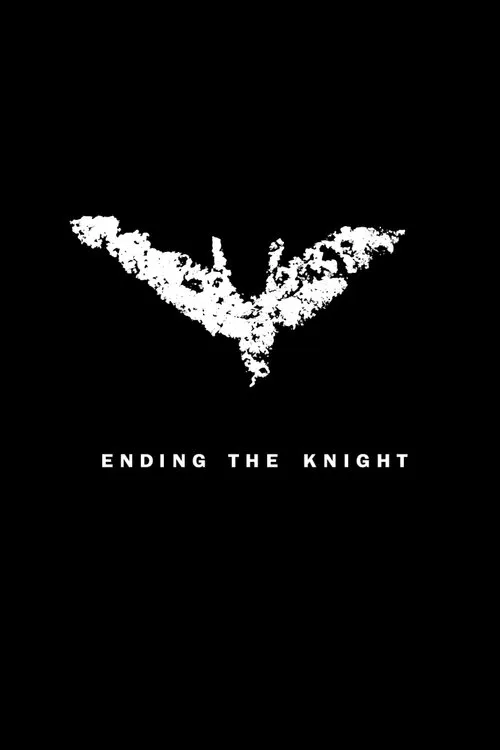Ending the Knight

Plot
Ending the Knight: The Making of The Dark Knight Rises For nearly a decade, Christopher Nolan has enthralled audiences with his Dark Knight trilogy, expertly weaving a complex and gripping narrative that delves into the darkest aspects of human nature. The trilogy's epic conclusion, The Dark Knight Rises, is a cinematic masterpiece that redefines the boundaries of superhero filmmaking. In this exhaustive look behind the scenes, we delve into the making of the film, exploring the meticulous craftsmanship and creative ingenuity that brought the Dark Knight legend to a triumphant close. The journey began with Christopher Nolan, a visionary director who has long been fascinated by the themes of heroism, sacrifice, and the blurred lines between good and evil. For The Dark Knight Rises, Nolan decided to depart from the conventional approach of using pre-existing comic book source material, instead drawing inspiration from various literary and historical influences, including Friedrich Nietzsche's concept of the "Übermensch" and the real-life story of French novelist Victor Hugo, whose own struggles with revolution and redemption are reflected in the character of Bane, the film's formidable villain. As the production team began to assemble, Nolan turned his attention to the world of Gotham City, which had undergone a significant transformation since the events of The Dark Knight. Gone was the gritty, noir-inspired aesthetic that defined the first film; instead, Nolan opted for a more expansive, industrialized cityscape that embodied the themes of progress and decay. To achieve this, the production team worked closely with production designer Nathan Crowley, who crafted a series of detailed set pieces, including the city's sprawling financial district, the imposing Wayne Manor, and the labyrinthine sewers beneath Gotham. One of the most ambitious aspects of The Dark Knight Rises was its use of IMAX photography. Nolan, a longtime advocate for the format's superior image quality and immersive experience, had previously experimented with IMAX in The Dark Knight. For the final installment, he opted to shoot a significant portion of the film using IMAX cameras, which provided a level of grandeur and scope that perfectly complemented the film's epic narrative. The results were stunning, with the IMAX sequences often rivaling the best action set pieces in mainstream cinema. The cast of The Dark Knight Rises is, of course, a key factor in the film's success. Christian Bale, who had been with the project since the beginning, returns as Bruce Wayne, now an older, wiser, and more self-assured Dark Knight. Supporting Bale are a talented ensemble of actors, including Anne Hathaway, who brought a nuanced and compelling performance as Selina Kyle, the Catwoman; Tom Hardy, whose imposing presence as Bane is matched by his equally impressive acting chops; and Marion Cotillard, whose complex portrayal of Miranda Tate adds another layer of depth to the narrative. The action sequences in The Dark Knight Rises are among the film's most impressive aspects. Nolan collaborated closely with stunt coordinator Tom Struthers to create a series of heart-stopping set pieces that showcased the physical prowess of the cast. The Batwing sequences, which combine IMAX and in-flight footage, are a particular highlight, while Bane's siege of the Gotham City Bank is a masterclass in practical stunt work. Another key component of The Dark Knight Rises is its score, composed by Hans Zimmer and James Newton Howard. Their sweeping, atmospheric soundtrack perfectly complements the film's narrative, with the iconic theme of the Dark Knight making a triumphant return. To achieve this, Zimmer and Newton Howard incorporated a range of instrumental and choral elements, including the haunting refrain of the hymn "Ave Maria," which serves as a poignant reminder of Bruce Wayne's emotional journey. The Dark Knight Rises is, above all, a film about themes of redemption, sacrifice, and the human condition. In this, Christopher Nolan succeeds admirably, crafting a thoughtful and emotionally resonant narrative that honors the legacy of his predecessors while expanding on their ideas in bold and innovative ways. Through End of the Knight, we gain a privileged glimpse into the creative process behind this monumental undertaking, and emerge with a deeper appreciation for the craft and artistry that has made The Dark Knight trilogy one of the greatest achievements in cinematic history.
Reviews
Recommendations



